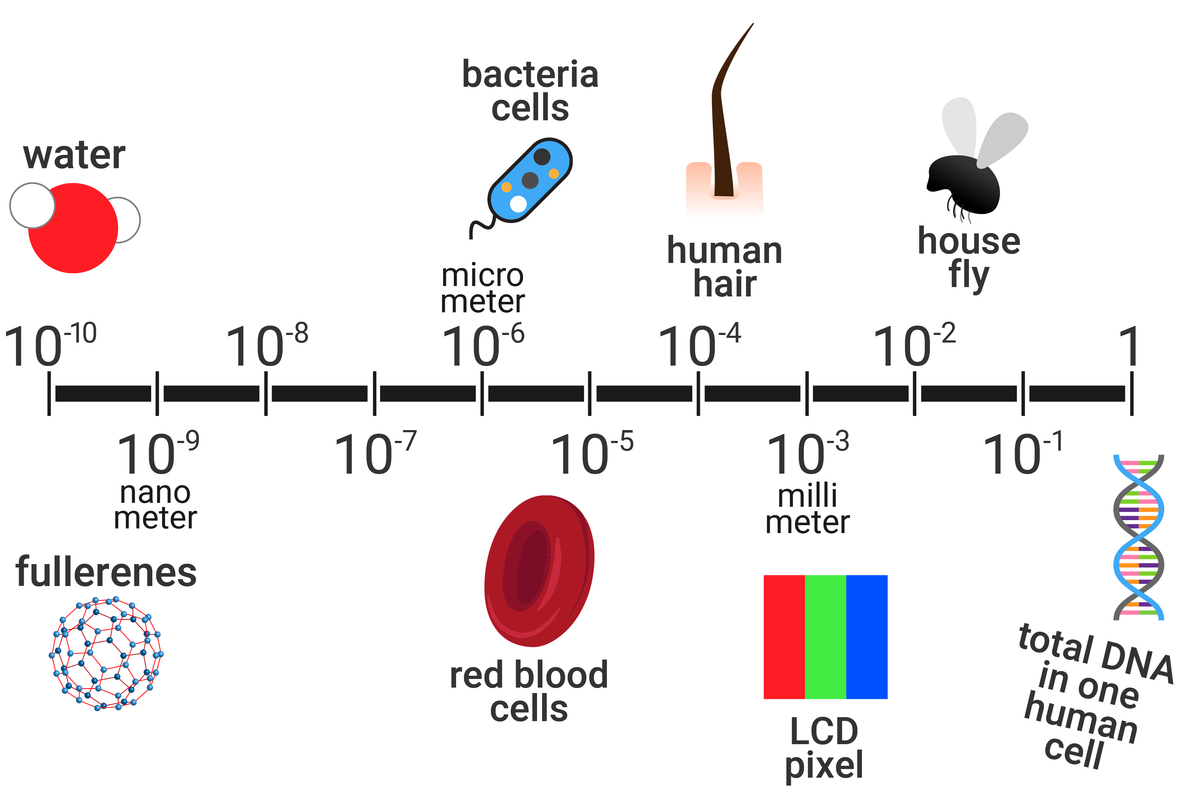
Properties of materials (chemistry only)
C2: Elements, compounds and mixtures
Nanoparticles
A nanoparticulate substance is a substance that consists of nanoparticles, and has different properties from the same substance in bulk (powders, lumps and sheets). This is because of the small size and large surface area to volume ratios of the nanoparticles.
An example:
- titanium dioxide blocks ultraviolet light, so it is used in sunscreens
- in bulk, titanium dioxide is white – it is used as a pigment in white paint
- individual particles (nanoparticulate) of titanium dioxide have no colour and cannot be seen when it is spread on skin
The large surface area to volume ratio of nanoparticulates mean they work as great catalysts. Compared to the same substance in bulk, they might:
- be more efficient
- catalyse different reactions
- produce different products
Risks of nanoparticles:
- people are concerned the small size of nanoparticles makes it possible to breathe them in, or to pass into cells
- inside the body, they might catalyse reactions that are harmful producing toxic substances
- modern nanoparticulate materials have not been used for long, so it is difficult for scientists to determine their risks

Nanoparticles are about 1-100 nanometres (nm) in size, that contain only a few hundred atoms. Atoms, and simple molecules, are around 100 times smaller than this.
1 nm is 1 x 10-9 m (or 0.000000001 m)